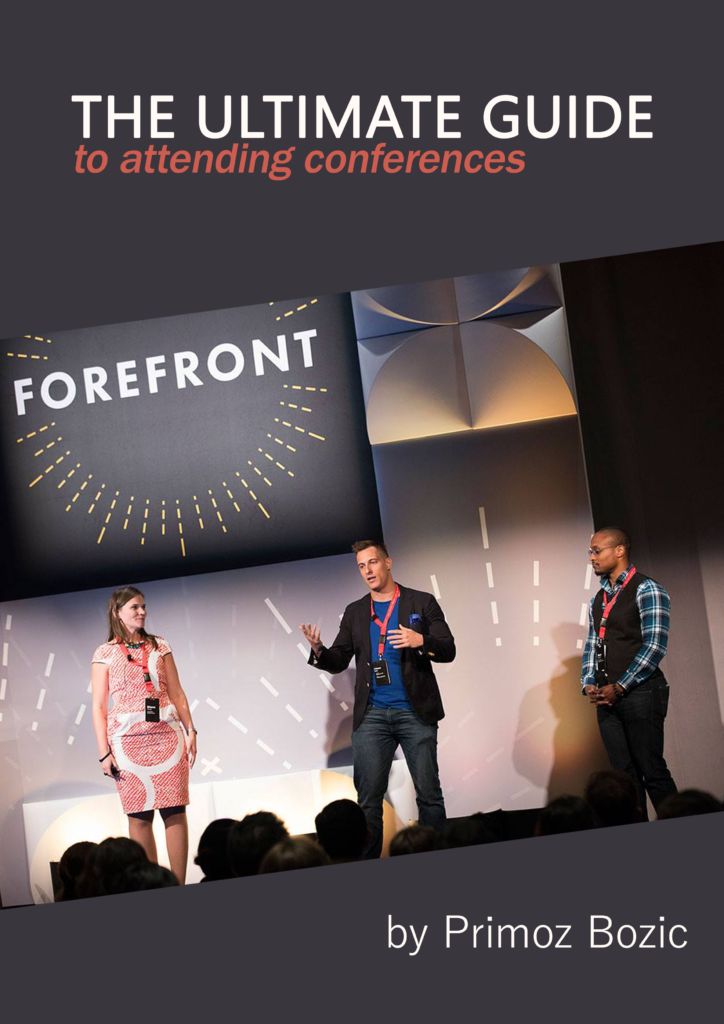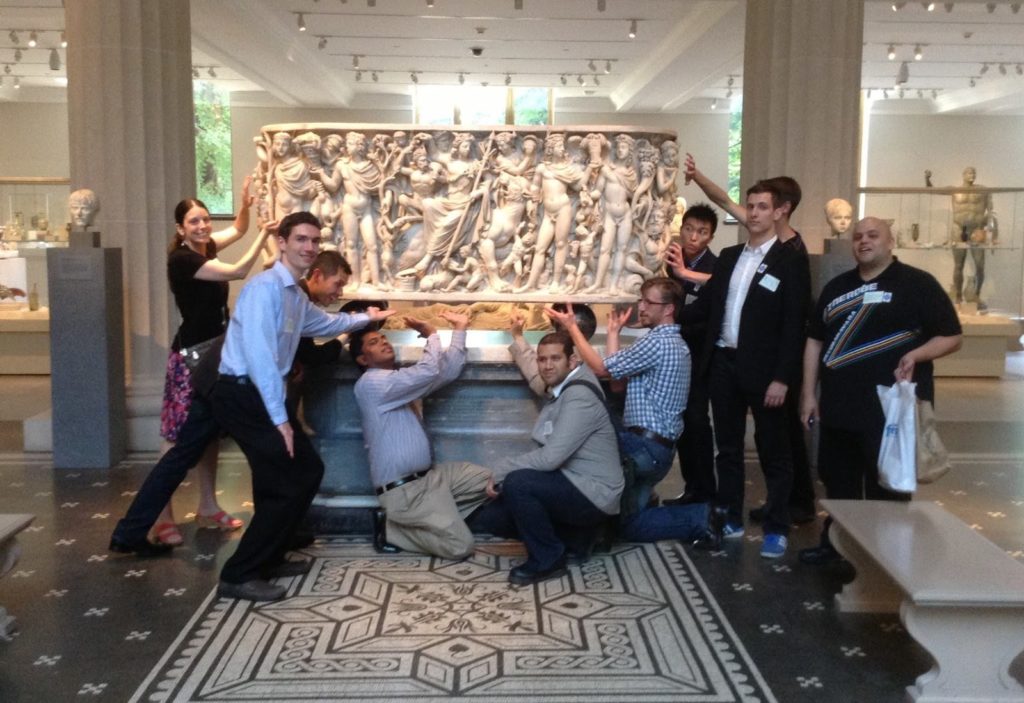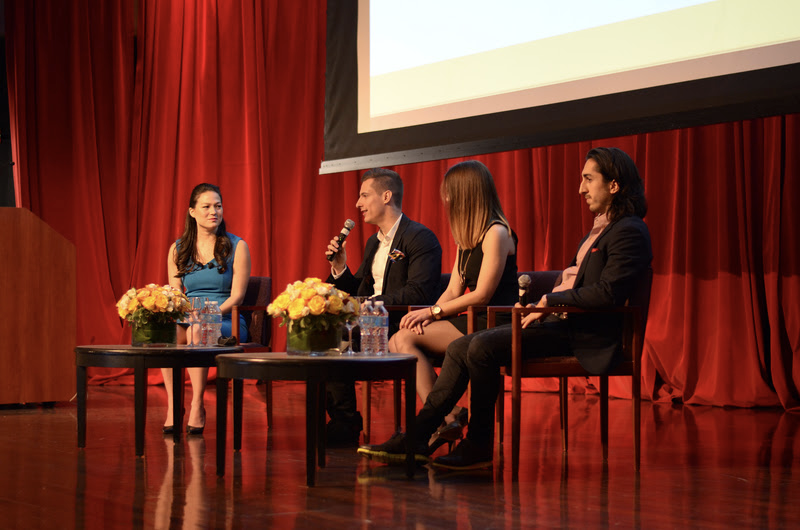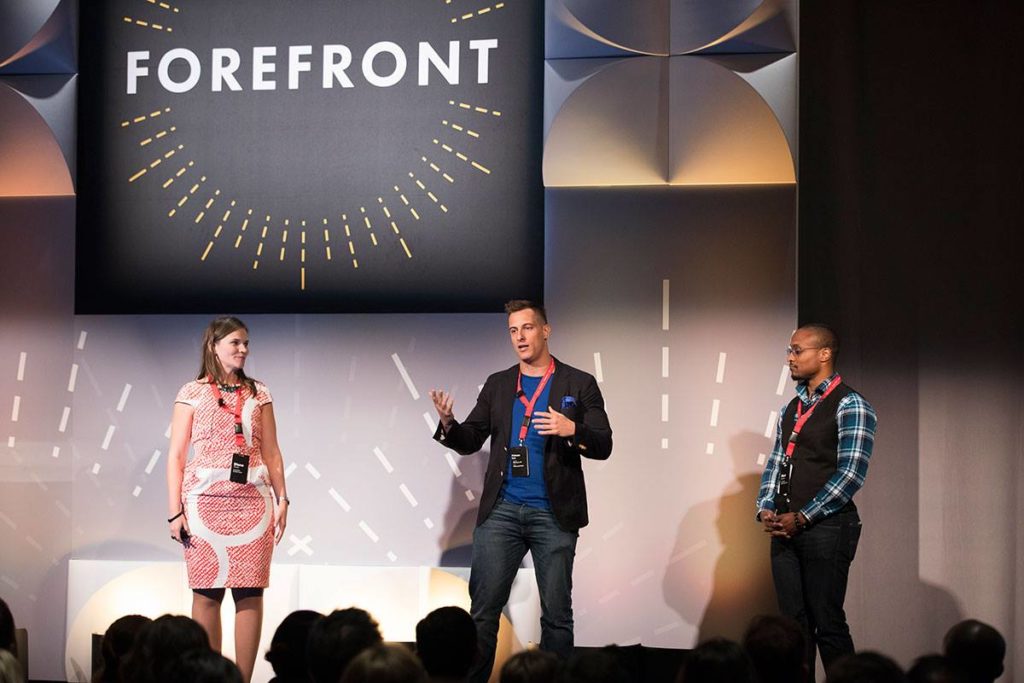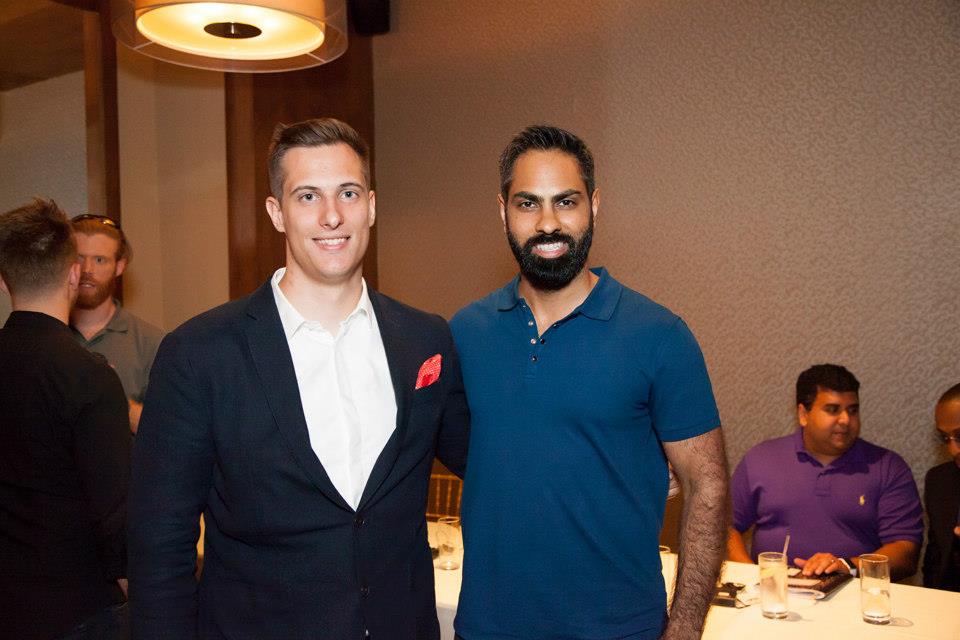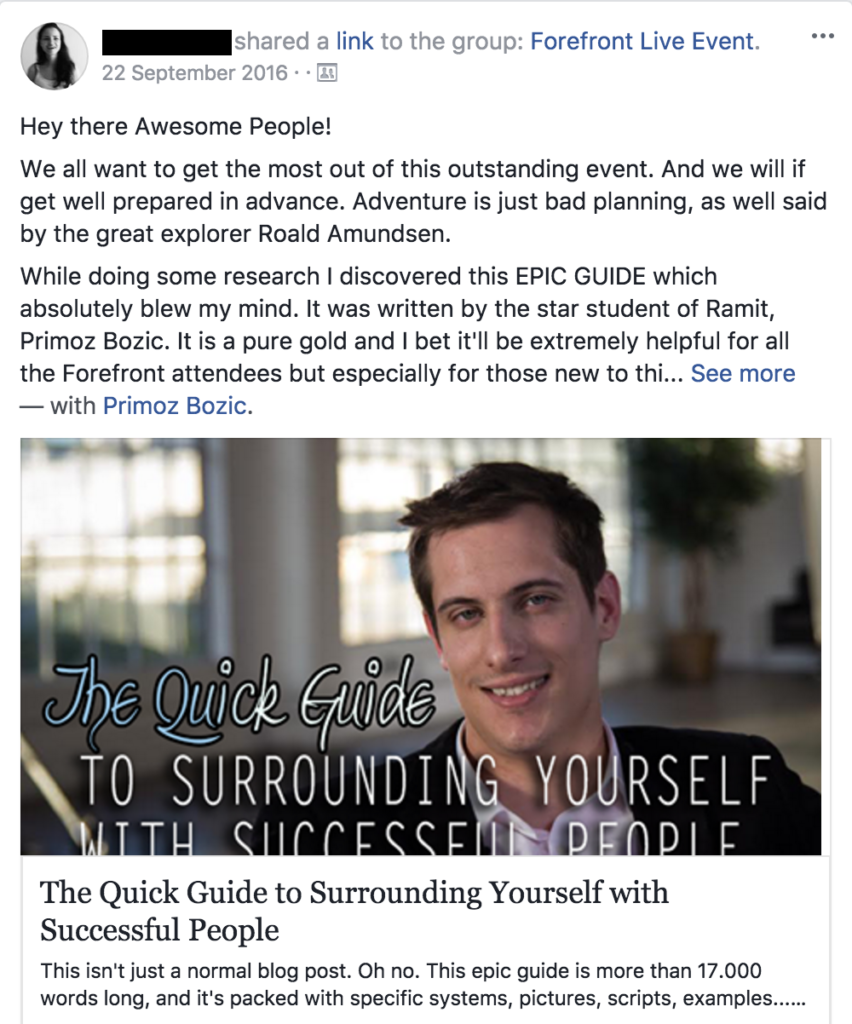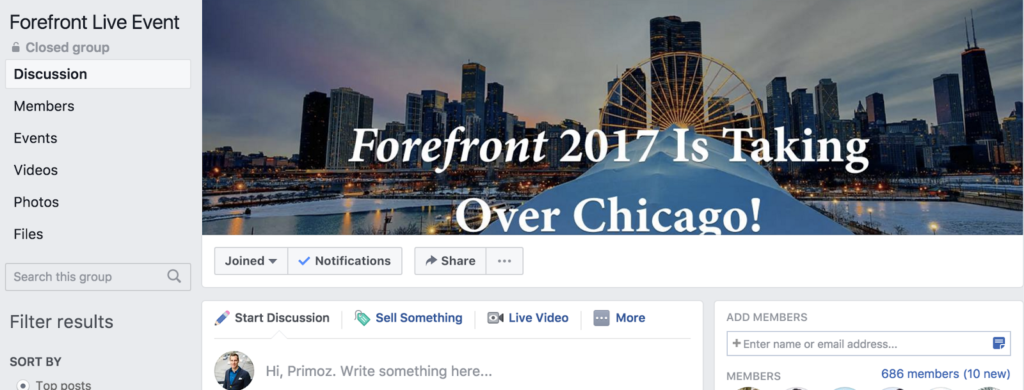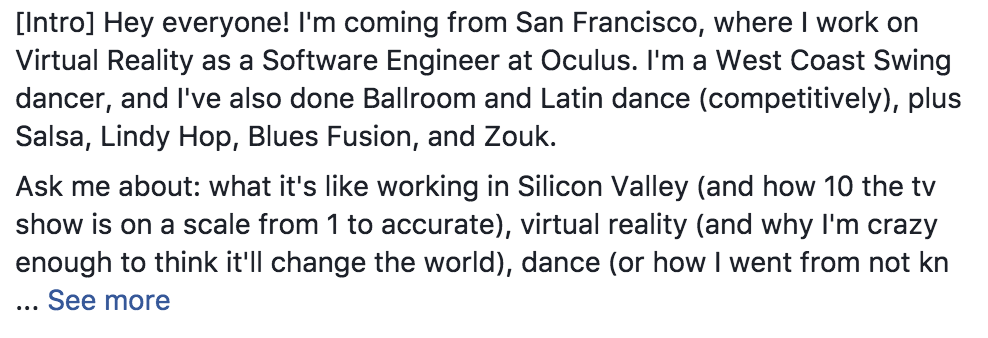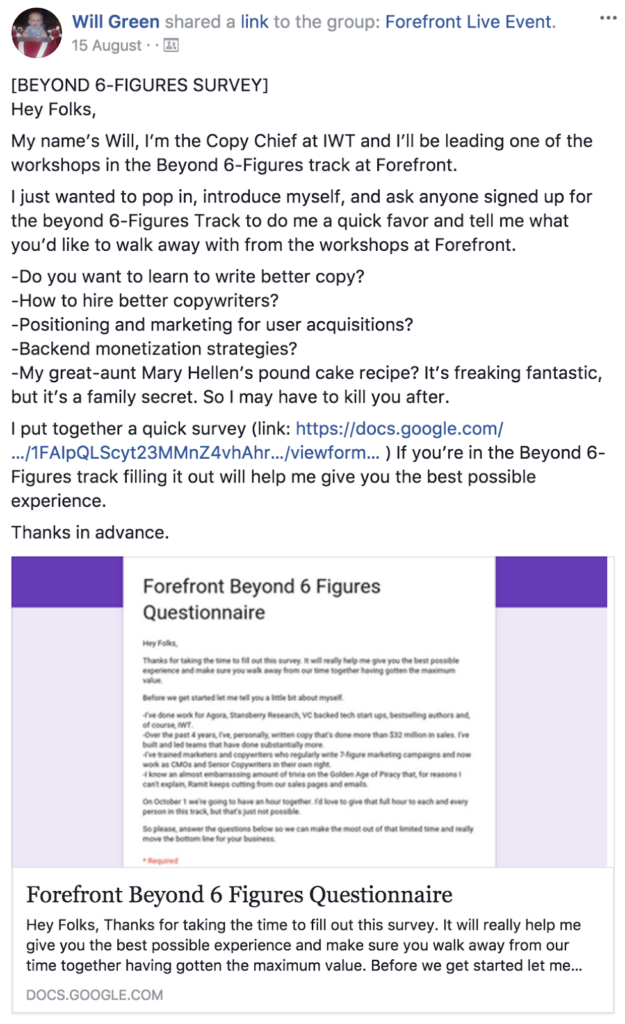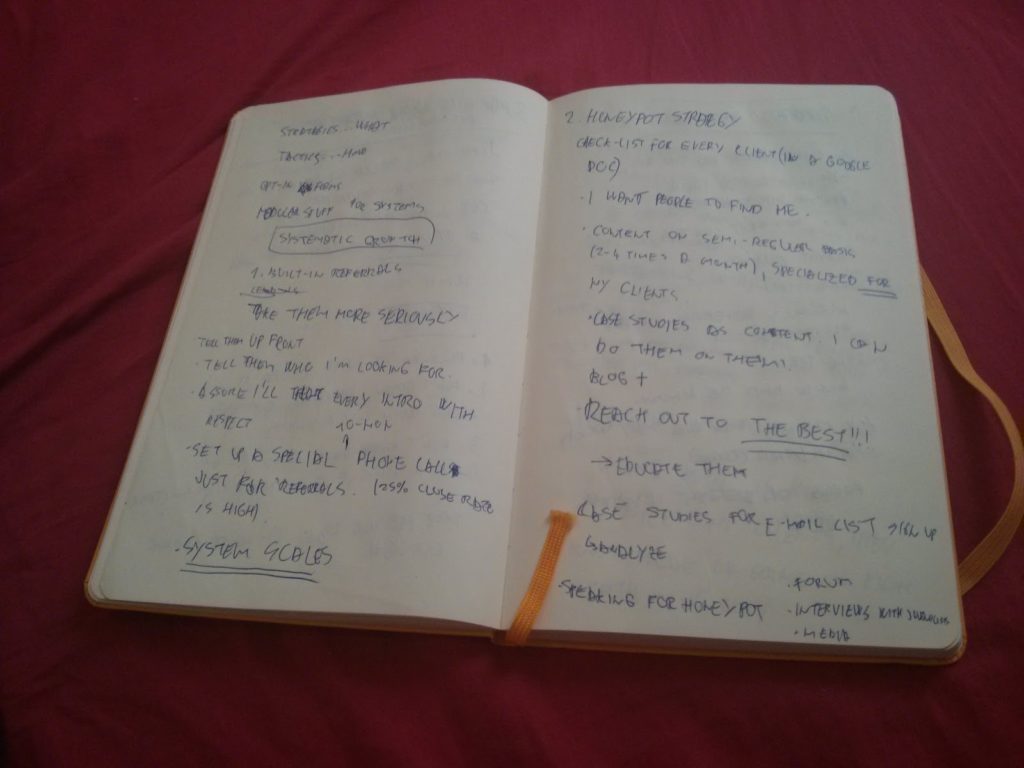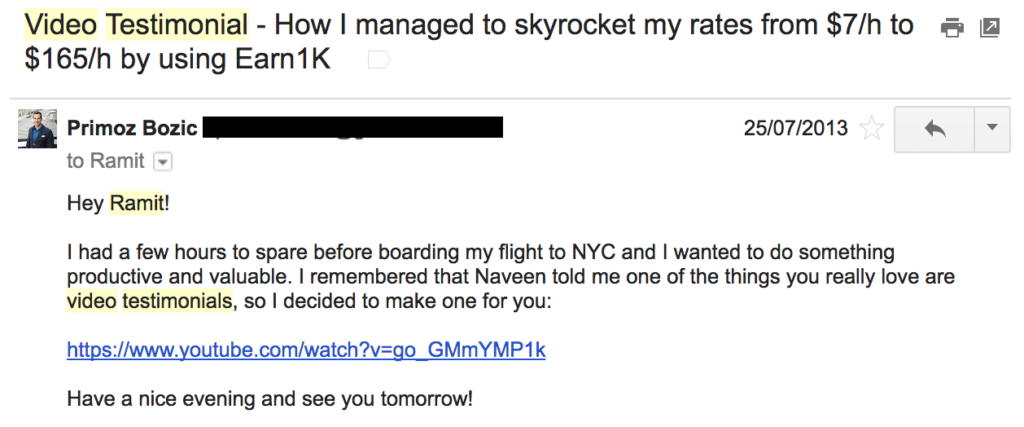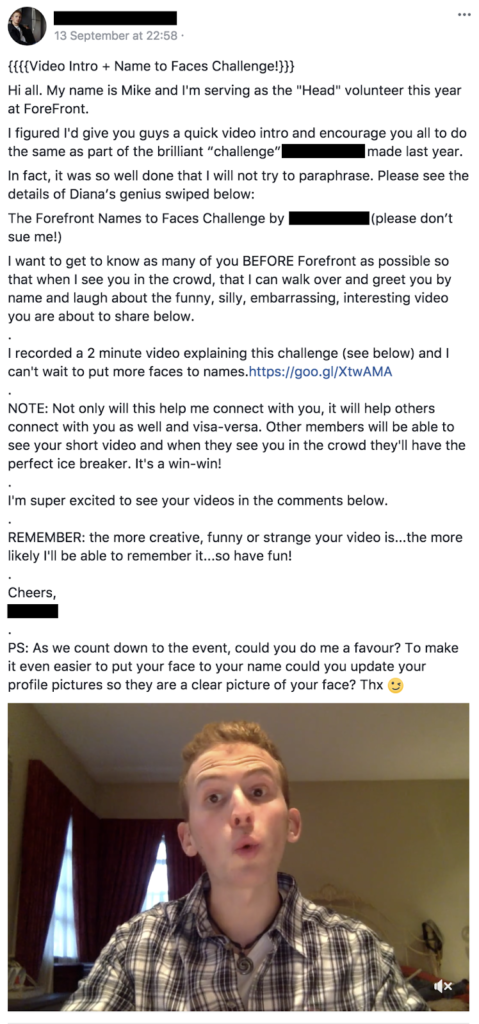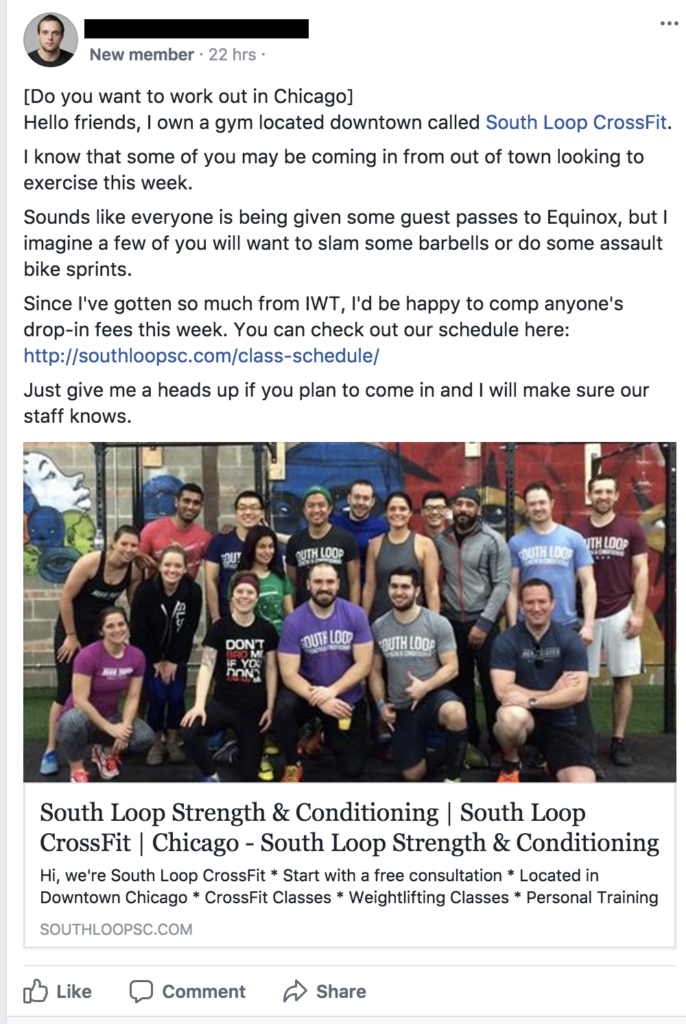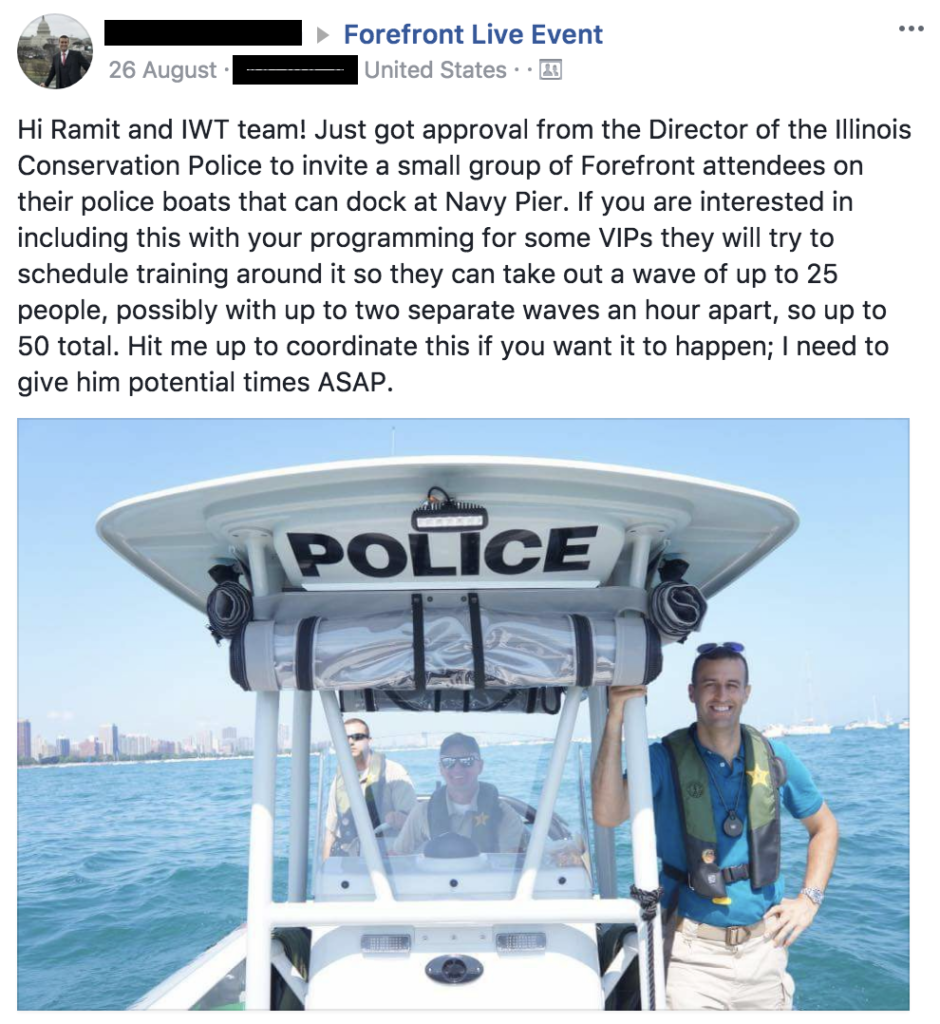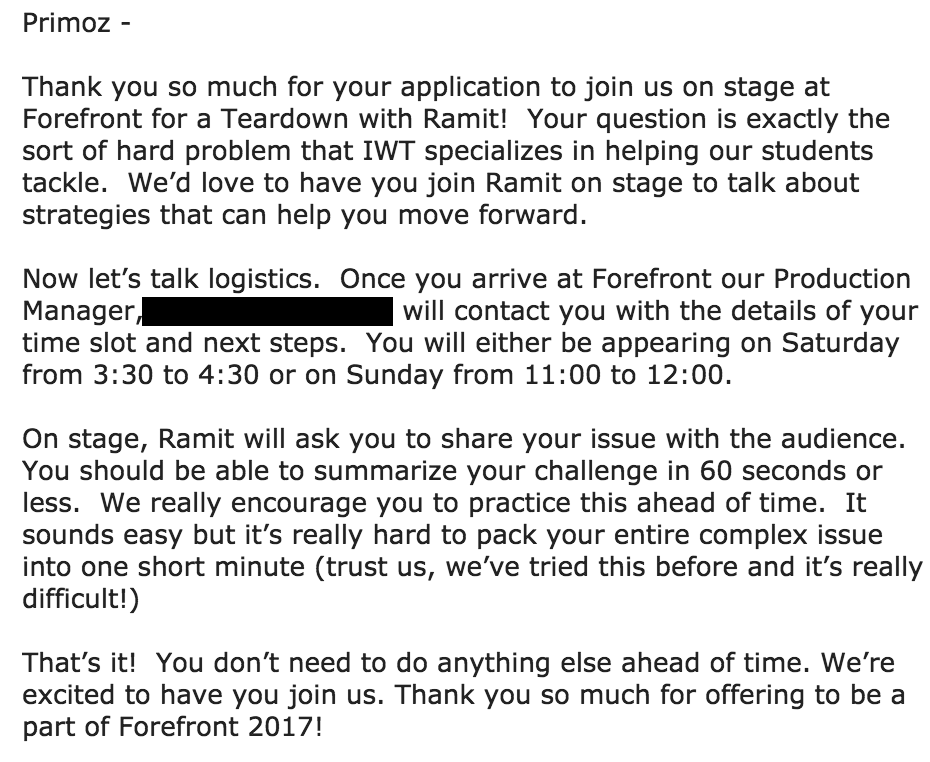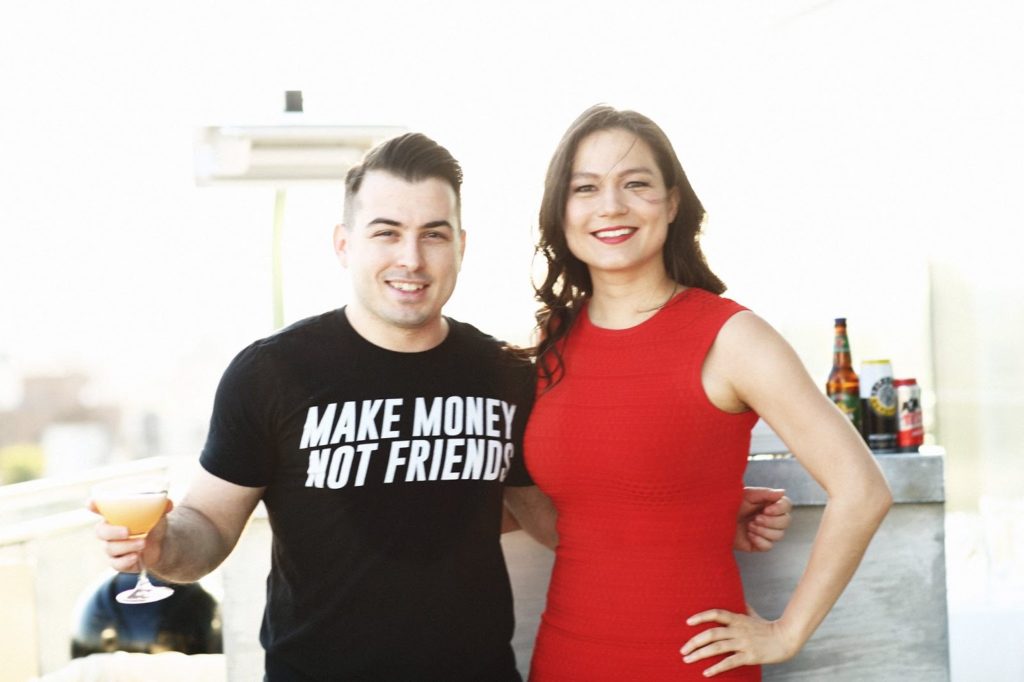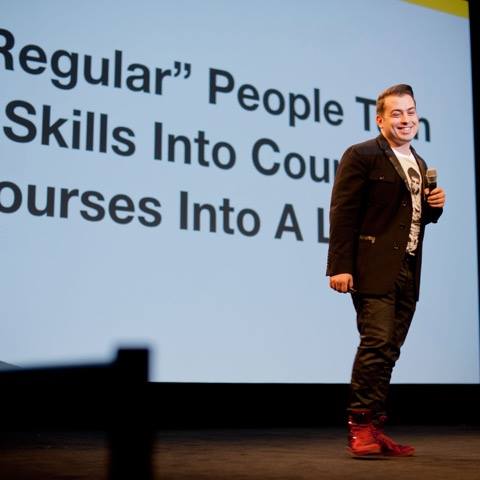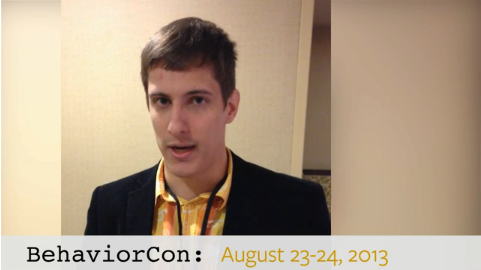“Do you have any examples of great Ultimate Guides somewhere?”
“Not yet, but I’ll create a swipe file for you!”
This was a conversation I recently had with one of my clients who is working on writing his first Ultimate Guide, John.
John wanted to study and analyze Ultimate Guides from different industries so he could write the best possible guides for his online business, and asked me if I had any examples of great Ultimate Guides.
I didn’t have a swipe file on hand, but thought it was a great idea, so I spent a few hours digging through my archives to send him a list of my favorite guides.
Then I thought to myself…
“This would be an awesome resource to have on my website”
And that’s how this article was born.
What can you expect from this swipe file of Ultimate Guide examples? Guides that actually WORK!
Below, you’ll find 16 examples of my favorite Ultimate Guides from a variety of different industries (fitness to illustration books for children to programming), from a variety of different businesses (personal style consulting to in-person osteopathy treatments to online courses for landing a job at Google).
Some of these guides were written by me, some were written by my Ultimate Guide System students, some were written by my readers that read The Ultimate Guide Checklist, some were written by copywriters that my clients hired, and some were written by my friends.
But all of these guides have two things in common:
#1 – They’re awesome
#2 – They got tangible results
From landing a new osteopathy client every week, to getting your first 5 consulting clients, to getting 1,000+ email subscribers from a single guide…
There’s something in there for everyone.
Below, you’ll find the links to the guides, quick descriptions of them, the tangible results each of these guides got, and of course my doodles to make everything a bit less serious and a bit more fun.
NOTE: In this swipe file, I only included guides that did get awesome results, so you can learn from examples that actually work. I will also note that I collected the tangible results from some of these guides a few years ago, so the results might be slightly different (perhaps even better in some cases now).
Before you dive in… Here’s how to write an Ultimate Guide from scratch
If you’re wondering how to write an Ultimate Guide from scratch for your own online business, don’t be a dummy and repeat all the mistakes I made when writing my first guides.
Instead, grab a copy of my Ultimate Guide Checklist – a 13,000+ word e-book that will show you:
- 9 ways in which creating Ultimate Guides can help you grow your online business (with real life examples)
- The biggest mistakes entrepreneurs make when writing Ultimate Guides (and how to avoid them)
- My 9-step process for creating Ultimate Guides (with answers to your burning
You can grab your free e-book through the box below:
Learn how I attracted 337,838+ visitors to my blog

Download my free 13,000+ word Ultimate Guide Checklist and learn how I used Ultimate Guides to drive 337,838+ visitors to my blog!
Ok, enough talk – let’s go and look at some kick-ass Ultimate Guides!
The Quick Guide to Skyrocketing Your Poker Productivity – Yours Truly (link)
This is where it all began. I wrote my very first Ultimate Guide on an online poker forum over the course of 6 months, and it was a wild success.
The guide attracted 274,150+ visitors, got 450+ comments and was (voluntarily by other community members) translated to 7 languages. It helped me establish as the go-to expert on productivity for online poker players, and build my first successful online business earning $30,000+/year.
Even though my writing was far from great, this guide made a big bang in the industry, helped thousands of people, and lead to all the future Ultimate Guides. You can read all about how I wrote this guide here.
Since then, I’ve written countless new Ultimate Guides that got me thousands of new email subscribers and hundreds of paying clients – they are the backbone of my online business.
You can read some of my favorites here:
- The Ultimate Guide to Growing Your Email List
- The Ultimate Guide to Starting a 6-Figure Online Business
- The Ultimate Guide to Creating Content That Sticks
Enjoy!
The Ultimate Guide to Writing & Illustrating Your First Children’s Book – Eevi Jones (link)
Eevi wrote her Ultimate Guide to kick things off and establish herself as THE expert in her industry.
She published a version of her Ultimate Guide as a guest post on a major website in her industry, and her guide quickly became the #1 search result for “how to write a children’s book” (which resulted in hundreds of new email subscribers).
She also turned her guide into a book that ranks #1 on Amazon for “How to write a children’s book” and has 172 reviews (4.7 rating).
This is a great example of how you can take an Ultimate Guide and repurpose it in different ways to further grow your online business.
The Ultimate Emotional Survival Guide for Empaths & Highly Sensitive Women Who Feel Deeply – Tree Franklyn (link)
Tree wrote this guide back when I was coaching her how to start her online business, and she continues to use her guide on her website as a lead magnet and a blog post to this day. Within a few years, the guide helped her bring in 3,120+ e-mail subscribers.
The Beginner’s Guide to Monetizing Facebook Live for Your Fitness or Yoga Business – Nick Wolny (link)
This guide is from Nick Wolny (the first ever Ultimate Guide System student). It helped him land his first 5 consulting clients (perhaps more that I don’t know about), earning him $3,000+ per client, as well as a feature in lead pages and a full-time job offer at a company.
I share his full story on how he did it here.
The Ultimate Guide to Building a Profitable Online Community From Scratch – Diana Tower (link)
This is a guide from one of my Ultimate Guide Systems students, Diana. I love the visuals in it, as well as Diana’s super friendly tone.
This guide helped Diana establish as an up-and-coming expert on building online communities, build an email list (she grew it from 130 to 300+ email subscribers within a few weeks of publishing the guide), build trust with new readers, and land her first consulting client.
You can read more about how Diana wrote her guide and the results she got from it here.
The Ultimate Guide to Plagiocephaly & Torticollis – David Friedland (link)
This is a great example of how to use an Ultimate Guide to grow an offline, service-based business.
This is a guide from one of my friends David that wrote the guide to grow the osteopathy business with his wife. Since publishing the guide (at the time of our conversation), he consistently kept getting one new client a week, with many of his clients flying in to work with him across the country.
Each new client is worth around $1,800 for David and his wife, so this guide generated quite a lot of revenue for them.
The Ultimate Business Design Guide – Alen Faljic (link)
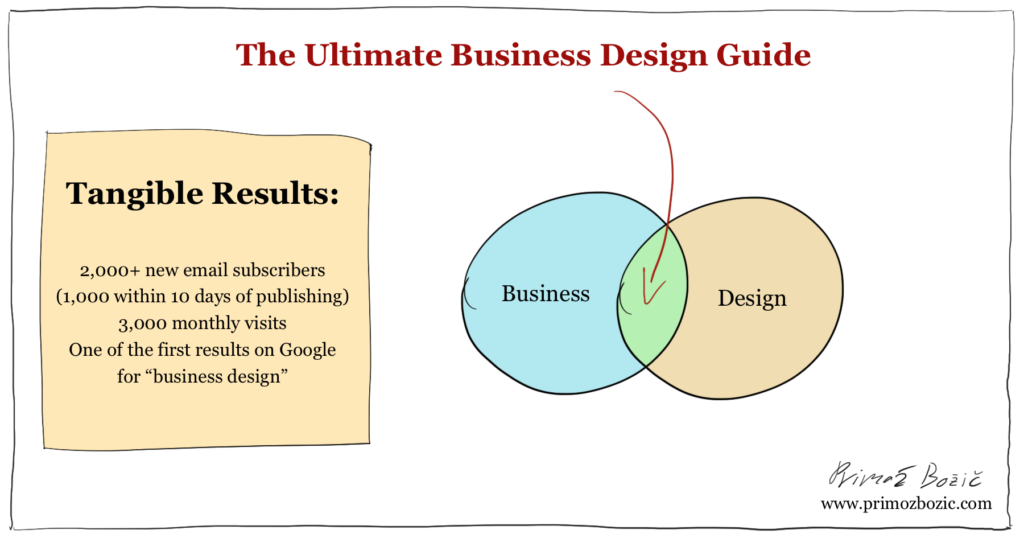
Alen, one of my past clients, wrote this guide in 2019 to attract 1,000+ new email subscribers to his email list in less than 10 days. A few months later, the guide has attracted 2,000 new email subscribers, and continues to get 3,000 visitors every month (while being one of the first results on Google for “business design”.
It’s a great example that shows that Ultimate Guides work well even in industries that otherwise hate selling and promotion.
The Ultimate Guide to Buying a Leather Jacket – Peter Nguyen (link)
This Ultimate Guide is from one of my past clients, Peter. He wrote it as a guest post for a major website in his industry, that brought Peter 1,000+ emails in under a month (and continues to bring new email subscribers to him as it’s one of the first results on Google for “how to buy a leather jacket”).
Since writing this guide, Peter has written many more awesome guides that attracted thousands of email subscribers to his website and doubled his website traffic.
Here are a handful of his awesome guides – you should give them a read!
- The Essential Fall Style Guide
- The Essential Guide to Surviving Hot Weather in Style
- The Business Casual Style Guide for Men
You can read all about how Peter doubled his website traffic through his guides here.
The Ultimate Guide to Getting a Date Without Going Online – Camille Virginia (link)
This guide got Camille (an Ultimate Guide System student) an interview with the top expert with her industry, as well as a few hundred new email subscribers.
Acing The Google Interview: The Ultimate Guide – Sam Gavis-Hughson (link)
This is a guide on the website from one of my private coaching clients, Sam. It was written by one of his writers, and quickly started to rank on top of Google for “Google Interview”, which is pretty awesome!
The Ultimate Guide Woman’s Guide to Creating a Business Casual Wardrobe (link)
This guide from the Ultimate Guide System student Iris helped her attract 140 new email subscribers within a week of publishing it.
The Ultimate Guide to Setting Up Your Website Yourself – Jonathan Ballinger (link)
This guide is from the Ultimate Guide System student Jonathan. He used it to kickstart his online software consulting business, get his first 3 paying clients and earn his first $575 online.
The Essential RxJava Guide for Android Developers – Jim Baca (link)
This is a very techy Ultimate Guide from one of my Ultimate Guide System students, Jim.
He grew his email list by 200 new email subscribers shortly after releasing the guide, and to this day it’s one of the most visited pages on his website. He also used the guide to successfully launch an online course afterwards.
The Ultimate Guide to Losing Your First 10lbs (Slovak) – Martin Toth (link)
This is an Ultimate Guide from one of my readers, Martin who used The Ultimate Guide Checklist to write his guide. It’s in Slovak language (so you’ll have to translate the page), but it’s a great example for how well Ultimate Guides can work in different languages.
Martin attracted over 1,000 email subscribers with his guide in a matter of weeks (and wrote a case study about how he did it here). Martin built a profitable fitness coaching business that he now lives off after publishing this guide, which is super cool!
The Ultimate Guide to Finding a Job in International Development – Michelle Rebosio (link)
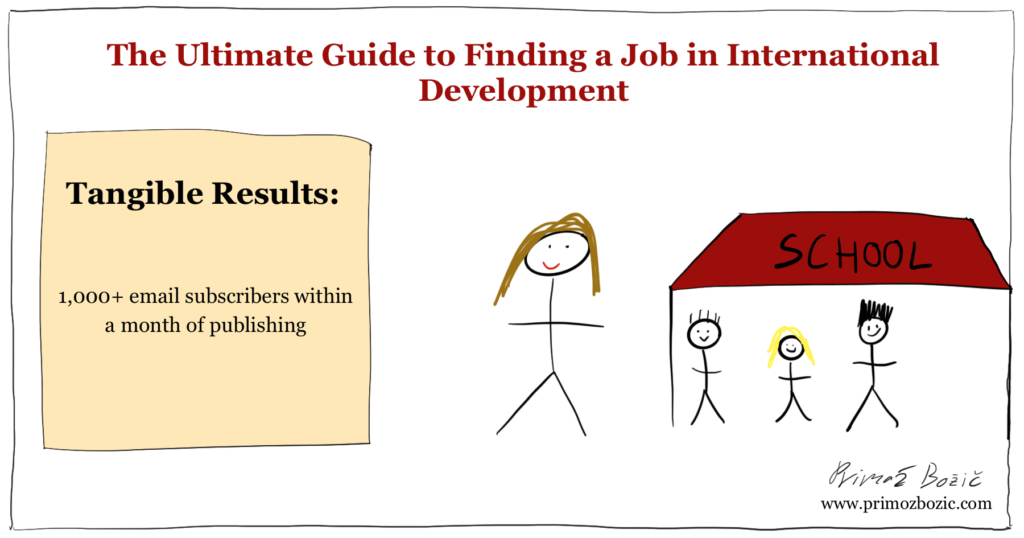
Like many other guides on this list, this one attracted 1,000+ new email subscribers within a month of publishing, and ranks on top of Google for “how to find a job in international development”.
It’s a truly exceptionally written guide that goes into more detail on the topic than anything else on the internet – I highly recommend checking it out!
The Ultimate Guide to Meditation for Programmers – Daragh Byrne (link)
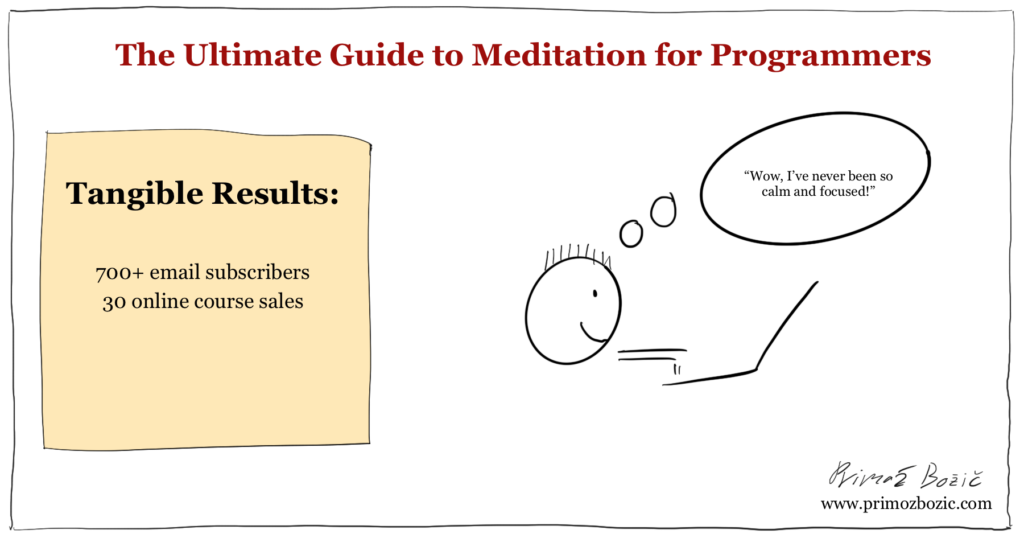
Finally, this guide about meditation for programmers (brilliant idea!) helped Daragh attract 700 new email subscribers, which converted into 30 paying customers for his online course on mindful coding (that’s a 4.2% conversion rate!).
WHAT NOW!?
Well, that covers all the guides I wanted to share with you today.
What’s next?
If you want to write your own Ultimate Guide, and you haven’t done so yet, grab your own version of the Ultimate Guide Checklist by entering your name and email in the box below (you’ll love it).
If you’ve written an Ultimate Guide in the past that got awesome results, feel free to drop a link to it and the results you got from it in the comments below. If I helped you write the guide, tell me how – if not, no worries – it’s still cool to share your guide!
I’m looking to build out this swipe file in the future, so I might even add it to this article so more entrepreneurs can see it :).
Oh, and if you wanted to share this article with your friends, I won’t hate you for it ;).
-Primoz
Learn how I attracted 337,838+ visitors to my blog

Download my free 13,000+ word Ultimate Guide Checklist and learn how I used Ultimate Guides to drive 337,838+ visitors to my blog!
[no_toc]
Did you write an Ultimate Guide that got awesome results? Share it with us in the comments below!
